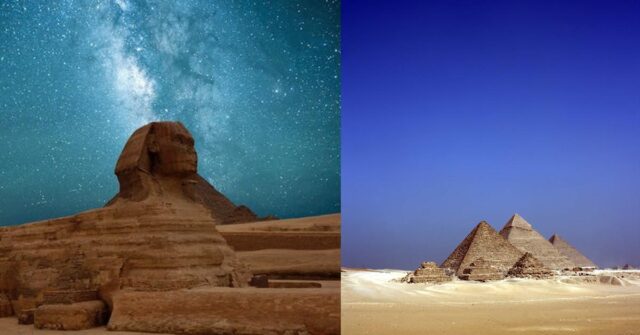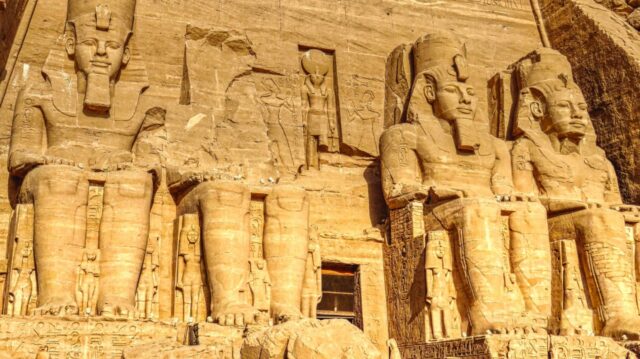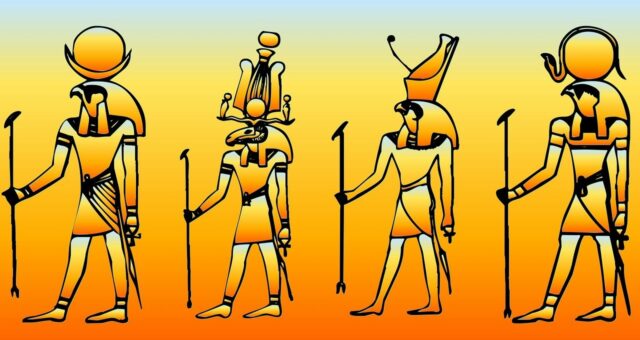The Most Sacred Hindu Book The Shrimad Bhagwat Geeta In The Egyptian Pyramid
As you know, mythology, mythological stories, and especially Egyptian Mythology and mythological stories interest me a lot. Here, my topic is about the presence of Shrimad Bhagwat Geeta in the Egyptian Pyramids. And how is […]


